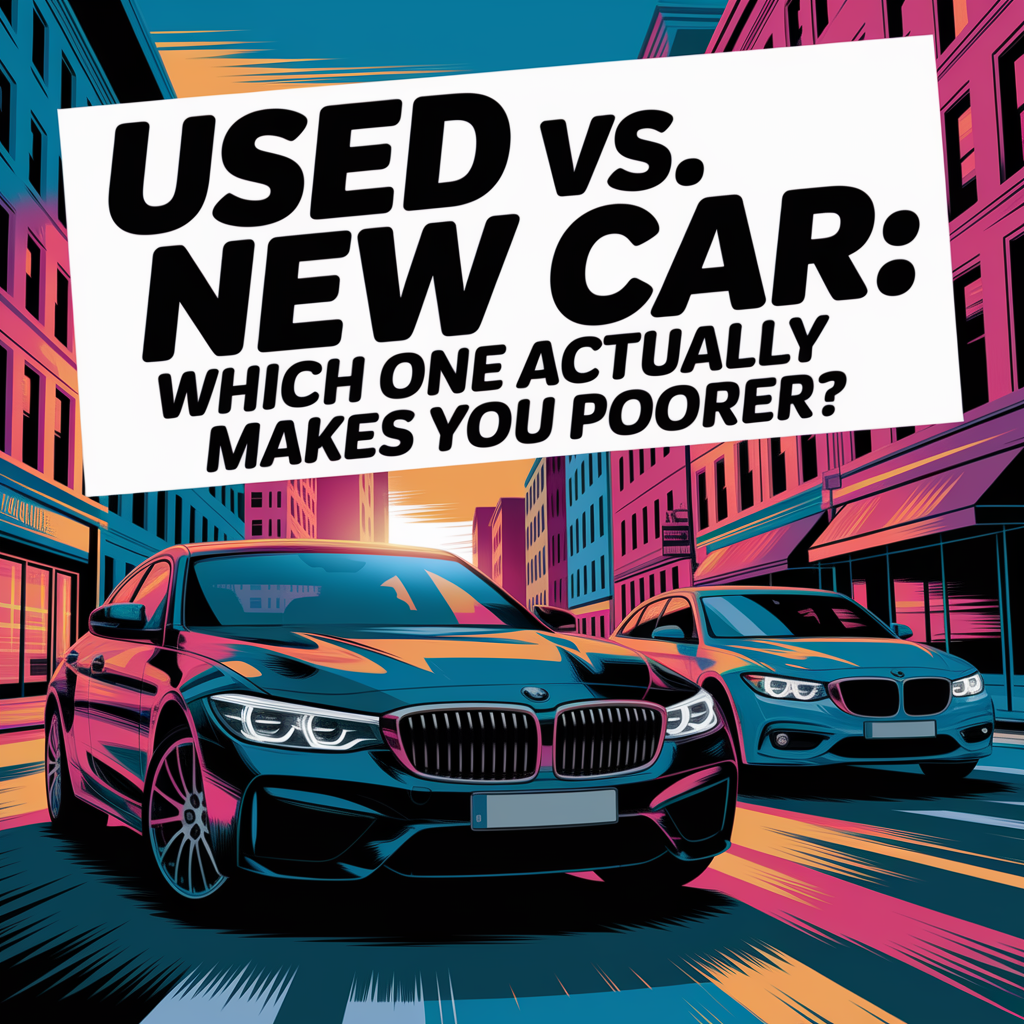Venturing into the world of finance can feel like stepping into a dense jungle. The lingo alone might seem like a foreign language. But fear not, intrepid explorer! We’re here to guide you through the basics and make these terms as clear as a tranquil pond. Let’s dive in!

1. Budget
In-Depth: A budget is a plan that outlines an individual’s or organization’s financial income and expenditures for a specific period, usually monthly or annually. Easy to Understand: Think of a budget like a diet for your money. It tells you how much you can spend and where to spend it to ensure you don’t run out before your next paycheck.
2. Savings
In-Depth: Savings refer to the portion of income not spent on current expenditures. People save to ensure they can meet future expenses, both expected and unexpected. Easy to Understand: Savings are like a safety net. You set money aside, not spending it immediately, so it’s there for you when you need it in the future.
3. Debt
In-Depth: Debt is an amount of money borrowed by one party from another. It’s expected to be paid back, usually with interest. Easy to Understand: Imagine borrowing a toy from a friend, but you have to return that toy plus a little extra as a thank you. That’s debt, with the extra being interest.

4. Interest
In-Depth: Interest is the charge for the privilege of borrowing money, typically expressed as an annual percentage of the principal. Easy to Understand: If you’ve ever loaned a toy or game to a friend and asked for something small in return for the favor, that’s like interest. It’s a little extra you get (or pay) for borrowing something valuable.
5. Investment
In-Depth: An investment is an asset or item acquired with the hope it will generate income or appreciate in the future. Easy to Understand: Remember planting a seed and waiting for it to grow into a plant? That’s like investing money. You put it somewhere, hoping it will grow bigger over time.
6. Assets & Liabilities
In-Depth: Assets are everything you own that has monetary value, while liabilities are what you owe. Easy to Understand: Imagine your toy collection as assets, and promises to do chores as liabilities. Your goal is to have more and better toys (assets) and fewer chores (liabilities).
The world of finance doesn’t need to be intimidating. With the right guide and simple explanations, you can navigate it with confidence. So next time someone talks about budgets or investments, you’ll be ready to join the conversation with your newfound knowledge. Happy financial exploring!



